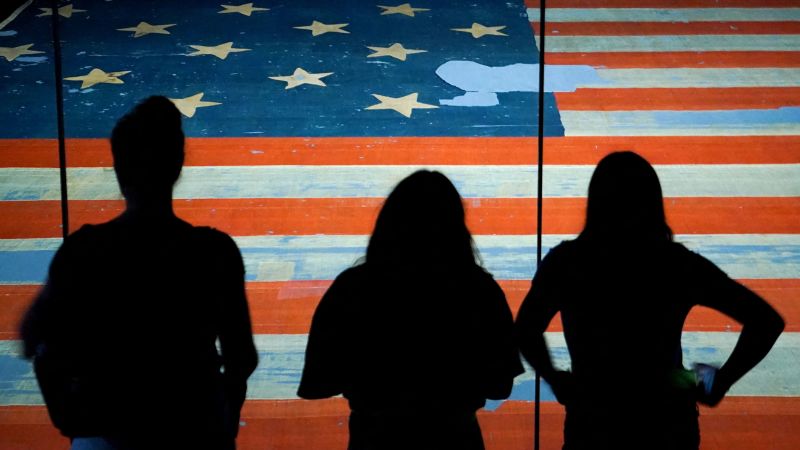In a notable development at the Smithsonian’s National Museum of American History, a board referencing President Donald Trump’s two impeachments was removed from an exhibit concerning the American presidency. This decision, reported initially by The Washington Post, was confirmed by The Smithsonian Institution in a statement to CNN, following a review of the museum’s “legacy content” earlier this year.
The removal of this board raises questions about the nature of historical representations within prominent institutions. Importantly, the statement issued by the Smithsonian did not mention Trump’s executive order from earlier in the year, which appeared aimed at directing the museum to alter how specific elements of American history, including racism and aspects of Trump’s controversial presidency, are discussed. The board that was previously in place was integral to the exhibit, which had not been updated since 2008 and included important mentions of historical impeachments of Presidents Andrew Johnson, Bill Clinton, and Richard Nixon, who resigned amid the Watergate scandal prior to a formal impeachment.
Trump, being the only president in U.S. history to face impeachment twice, found himself first impeached in 2019 on allegations of soliciting foreign interference in the 2020 election via Ukraine. His second impeachment came in 2021 following the January 6 insurrection at the U.S. Capitol, although he was acquitted by the Senate on both occasions. This contentious history had previously been encapsulated within the museum’s narrative, emphasizing Trump’s unique position in the impeachment saga.
In efforts to acknowledge the frenetic history pertaining to Trump’s two impeachments, in September 2021, the Smithsonian temporarily placed a board over the exhibit that read, “Case under redesign (history happens).” The board briefly encapsulated the critical moments in Trump’s impeachments. For example, it noted that on December 18, 2019, the House impeached him for abuse of power and obstruction of Congress, focusing on his solicitation of foreign influence and defiance of subpoenas. It further laid out that on January 13, 2021, Trump was impeached for inciting an insurrection, with the statement highlighting that this impeachment was based on his false claims relating to the 2020 election.
In a follow-up closing note, the Smithsonian said the board was intended as a temporary solution to accommodate ongoing events at the time, yet remained in place until July 2025. The museum stated that a comprehensive update requires substantial time and funding, indicating their plans for a future iteration of the exhibit that would incorporate all instances of presidential impeachment.
Despite confirming intentions to update the exhibit, the Smithsonian did not disclose a specific timeline for when these changes would occur. This uncertainty speaks volumes about the broader implications of curatorial decision-making within institutions dedicated to preserving American history. Moreover, Trump’s executive actions aimed at the Smithsonian and similar institutions are emblematic of a larger narrative in which he sought to exert control over various cultural, artistic, and athletic avenues, pushing for ideological conformity that could obscure contentious realities.
These maneuvers extended to attempts to take over the John F. Kennedy Center for the Performing Arts and pressure the Washington Commanders football team to revert to their original name while also disregarding the rights of transgender athletes in women’s sports. Such efforts highlight a prevalent trend in the politicization of culture under Trump’s administration, revealing his inclination to reshape narratives to align with his preferences, thereby evoking discussions on the preservation of historical integrity in representation.
This saga concerning Trump’s impeachment boards at the Smithsonian encapsulates ongoing discussions not merely about history as it stands, but about how history is told and by whom, allowing for an exploration of the friction between political narratives and the preservation of a comprehensive historical account. The Smithsonian, as a custodian of American history, stands at the crucible of such discussions, raising vital questions about openness, honesty, and the evolution of public discourse.











